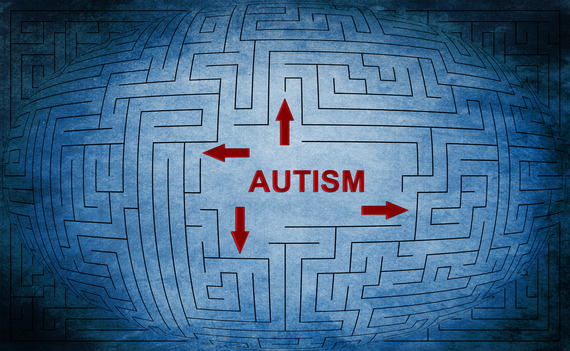Kids
Behavior of children with autism classified as a lifelong developmental disability. Affecting one’s ability to communicate and relate to other people. Early signs autism disorders. Characterized by difficulties in social interaction, challenges in communication and a tendency to engage in repetitive behavior.
Behavior of children with autism
Repetitive body movements are common among most autistic children. They can include hand flapping or jumping. As well as repetitive blinking, tapping ears or rubbing fingers together. Caused by the child’s inability to process the stimuli.
Behavior of children with autism
- Diagnosed
Many parents of children diagnosed with autism, also find their children out act. It’s important to remember that these tantrums are actually a way for your child to communicate. Children with Autistic spectrum disorder have difficulties expressing themselves. Their ability to understand and comprehend is affected. In fact, many children with autism have issues regulating their emotions and can “immature” behaviors such as crying in public places.
Behavior of children with autism
- List of behaviors
Different types of autism Asperger syndrome, and ASD, communication and social skills impaired . Causes slow process in child social skills for children.Banging is also a common behavior for children diagnosed with autism. It’s usually caused by pain or imbalance in the neurotransmitter levels. The child will start banging their head against the wall to decrease the chronic pain signals to the brain. Lower levels of neurotransmitters or problems with their regulation are also associated with self-harming behavior and head-banging in particular.
Behavior of children with autism
-
Barriers to effective communication
Perhaps the most severe behavioral change your child might face is their communication and social difficulties. If your child diagnosed with autism, they might stop responding to their names around 8-10 months of age, and show reduced interest in people. This would later lead to difficulty in playing social games. Have difficulties interpreting the thoughts of others. They’re unable to perceive and comprehend social cues such as smiling or grimacing.



My best friend is an autistic specialist so I’ve been around autistic kids for a while. Here in Italy there are no real programs for kids with autism – in fact – I think most parents here keep them hidden – it’s really sad.
Madaline, Certainly challenging to take care of autistic children but we can’t keep them hidden…it is sad.
Thanks for sharing your prospective. We have a few relatives with autism.